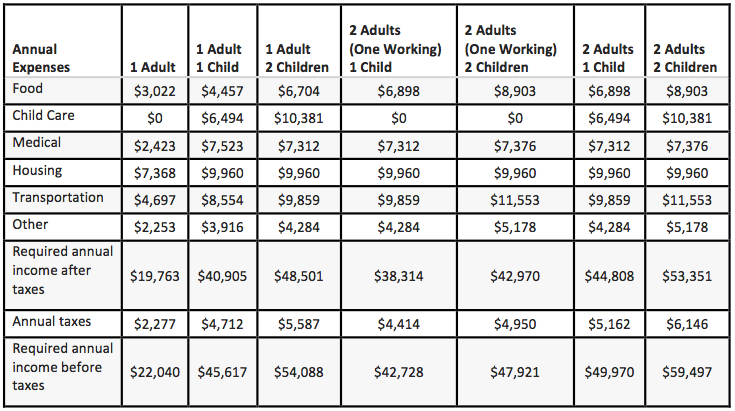Column: Even at $15 per hour, minimum wage might not be enough for many families
By PHYLLIS K. POOLEY | ppooley@uwf.edu

Phyllis K. Pooley serves as director of special projects with the University of West Florida Office of Economic Development and Engagement in Pensacola.
Recently, there has been a rising demand from low-wage workers to increase the current federal minimum wage of $7.25 per hour to $15. Some states have responded by significantly increasing state minimums to this desired goal, but most are still on the fence as to the effectiveness of mandated increases.
Arguments for increasing minimum wages include improved living standards, increased worker morale and increased consumer spending by these workers. The opposition to such increases points to raised prices as wages are increased with no matching increase in productivity, cuts in jobs and job benefits, and a reduced desire to increase job skills to move forward in a career.
One major problem with the federal minimum wage is that it does not increase as time passes. Unlike the Florida state minimum wage, the federal minimum wage is not adjusted annually for inflation. According to the U.S. Department of Labor, the minimum wage reached its highest inflation adjusted amount in 1968, when it was worth approximately $10.89 in today’s dollars. Had the 1968 minimum wage grown at the same rate as the cost of living, it would be $16 today.
Proponents of increasing the minimum wage point to these lack of cost of living increases as a major driver of the need for government subsidies for the working poor. Stories of hourly workers needing food stamps and other government programs to survive suggest a shifting of wealth distribution that favors specific employers or types of employers at the expense of others who pay higher wages. Increasing the minimum wage is seen as a way to make these unintentionally benefited employers pay their fair share.
But, would a $15 per hour minimum wage really make a difference to low-income workers? For more than 10 years, experts have regularly tried to determine what amount of income is necessary for families to meet basic needs. Called “self-sufficiency” or “living” wages, these calculations typically represent the minimum amount of unsubsidized hourly wage income that would be needed for individuals or families to survive independent of welfare and/or other public and private assistance.
One set of calculations for living wages has been provided by the Massachusetts Institute of Technology on its website. The table shows minimum hourly wage calculations for the Pensacola metropolitan statistical area. As a reference point, the current Florida minimum wage stands at $8.05 per hour.
Pensacola MSA Hourly Living Wage Needed by Household Characteristics

The data as it stands show that Florida’s current minimum wage may be insufficient to support even a single adult living alone. The data also clearly indicate that while the proposed $15 minimum wage can help support a working adult or two working adults with children, it is insufficient to cover basic necessities when there is only one working adult in a family with children.
The hourly figures are derived using a basic needs budget, totaling the costs of food, childcare, insurance premiums, health care, housing, transportation and other necessities. Drilling down into the data used by MIT to calculate a living hourly wage indicates that childcare, health care and transportation costs are the major expenses in single-parent households driving the need for higher income.
Pensacola MSA Expenses by Household Characteristics

According to data from the Florida Department of Economic Opportunity, the median hourly wage for all occupations in Pensacola was $14.78 for 2015. Median means that half of the workers make more than this amount and one half make less. The average hourly wage was $19.12. Both of these numbers would strongly suggest that in many cases in Pensacola, two adult workers are required in order to generate a living wage in households with children. Other data from the American Community Survey bears this out as the 2014 five-year estimate data show that while an estimated 13 percent of married couple families with children under 18 years of age received food stamp assistance in 2014, 42 percent of single parent households with children under 18 received food stamps in the same time period.
The case for a living wage is a strong one, but whether simply raising the minimum wage to attempt to accomplish it remains an interesting if not fully answered question. Increased educational opportunities and the availability of higher-wage job alternatives in the region are also potential answers, as are finding ways to provide lower-cost services to make the low-wage dollar go further. As other areas adopt higher minimums, the resulting responses by their employers and the impact on their economies might provide guidance as to the path Florida should take.


